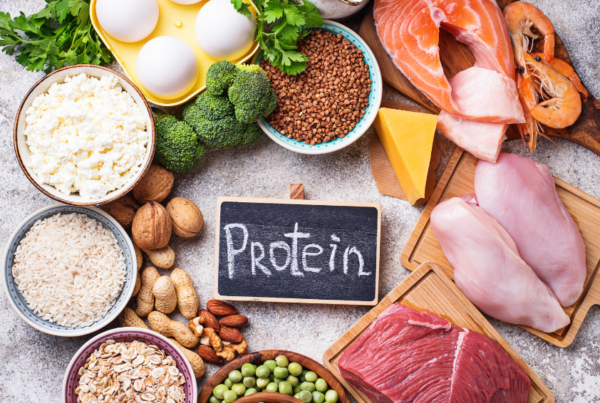This week a family friend died. She’d been battling cancer since mid-2019 and finally lost the fight. At just 69 she leaves behind a husband, two sons, extended family, and three gorgeous grandchildren who are too young now to remember their grandmother later in life. And while we grieve, there’s a part of me that wants to scream “this might not have happened so early, had there been less alcohol in their lives” .
Don’t misunderstand me, she was not an alcoholic, she just belonged to a social group where alcohol was prevalent, and while we all know that excessive alcohol is bad for our health, the effects are much worse for women. I don’t want to wave this article in front of the faces of this grieving family, but I would like the rest of us (and I include myself in this too) to consider how much alcohol we drink, understand how it affects us differently to our male friends, and learn to drink less.
How alcohol affects women differently than men.
Women have a lower tolerance to alcohol than men, partly because they are smaller, (our friends’ wife stood barely 5 feet high), but we are also unable to metabolise alcohol as efficiently as men because we have less alcohol dehydrogenase, an enzyme used to metabolise alcohol. Adding to the problem is that fat retains alcohol, while water helps disperse it and because we woman naturally carry more body fat and lower levels of water, we experience an even more dramatic physiological response to alcohol.
As we age and lose even more water volume, the problem gets worse. The body is less able to dilute any alcohol in our systems making us more vulnerable to its effects.
Health risks
The risk associated with heavy drinking is greater as we age and includes:
- Every type of cancer – especially breast cancer
- Heart disease
- Organ damage, including brain, nerve, heart, and liver.
- Irreversible bone mass loss
- Depression, even for people who were not previously depressed.
- Interactions with medications
- Accidents leading to bone fractures.
- Sleep disruption
Alcohol intake during perimenopause (the good news)
As we age, we become more sensitive to alcohol, however, it’s interesting to learn that studies show when our ovaries become less active during perimenopause, a small amount of alcohol seems to increase the amount of estrogen in the system, with beneficial effects which include improved cardiovascular health, stronger bone density, and better immune function. Higher estrogen levels may also reduce the risk of Alzheimer’s disease.
The take-home message here is that a few servings of alcohol a week is better for your hormones after menopause than it is before.
Alcohol intake post menopause (the bad news)
Postmenopause when the risk of heart disease and osteoporosis is already high, high alcohol consumption increases the risks even more. It also disrupts sleep, particularly in women who appear to be even more susceptible to insomnia after drinking than men. Hot flushes and sweats we experience at night are often more alcohol-induced than hormone-related.
How much alcohol can we drink and stay healthy?
The less you drink, the lower your risk of harm from alcohol.
To reduce the risk of harm from alcohol-related disease, the Australian Government Department of Health recommends that healthy men and women should drink no more than 10 standard drinks a week and no more than 4 standard drinks on any one day. At this stage, they don’t provide separate guidelines for men and women but given the biological facts above, women are well-advised to drink less than 10 standard drinks a week. But be aware – a standard drink may be less than you think it is.
What’s a standard alcoholic drink?
This is super-important. In Australia, a standard drink refers to 10 grams of alcohol. Whether it comes from a cocktail, champagne, beer, wine, or spirits 10 grams of alcohol is 10 grams of alcohol. On average, this measure is how much the human body can process in one hour.
The number of standard drinks in:
Source: www.health.gov.au
Red wine
Bottle = 8 drinks
150 ml glass = 1.6 drinks
100 ml glass = 1 drink
White wine
Bottle = 6.8
150 ml glass = 1.4 drinks
100 ml glass = 0.9 drinks
Sparkling wine
Bottle = 7.1
150 ml glass = 1.4 drinks
Full strength beer
375 ml glass = 1.4 drinks
Large glass beer = 1.6 drinks
Spirits (40%)
30 ml shot = 1
The bottom line for good health
- Keep your consumption below 10 standard drinks a week. 7 and less is better.
- Aim to have no more than 2 standard drinks, spread over 2 hours or more.
- Have 3 – 4 alcohol-free nights a week.
- Know that you can have a good night without drinking
Cheers!





Recent Comments